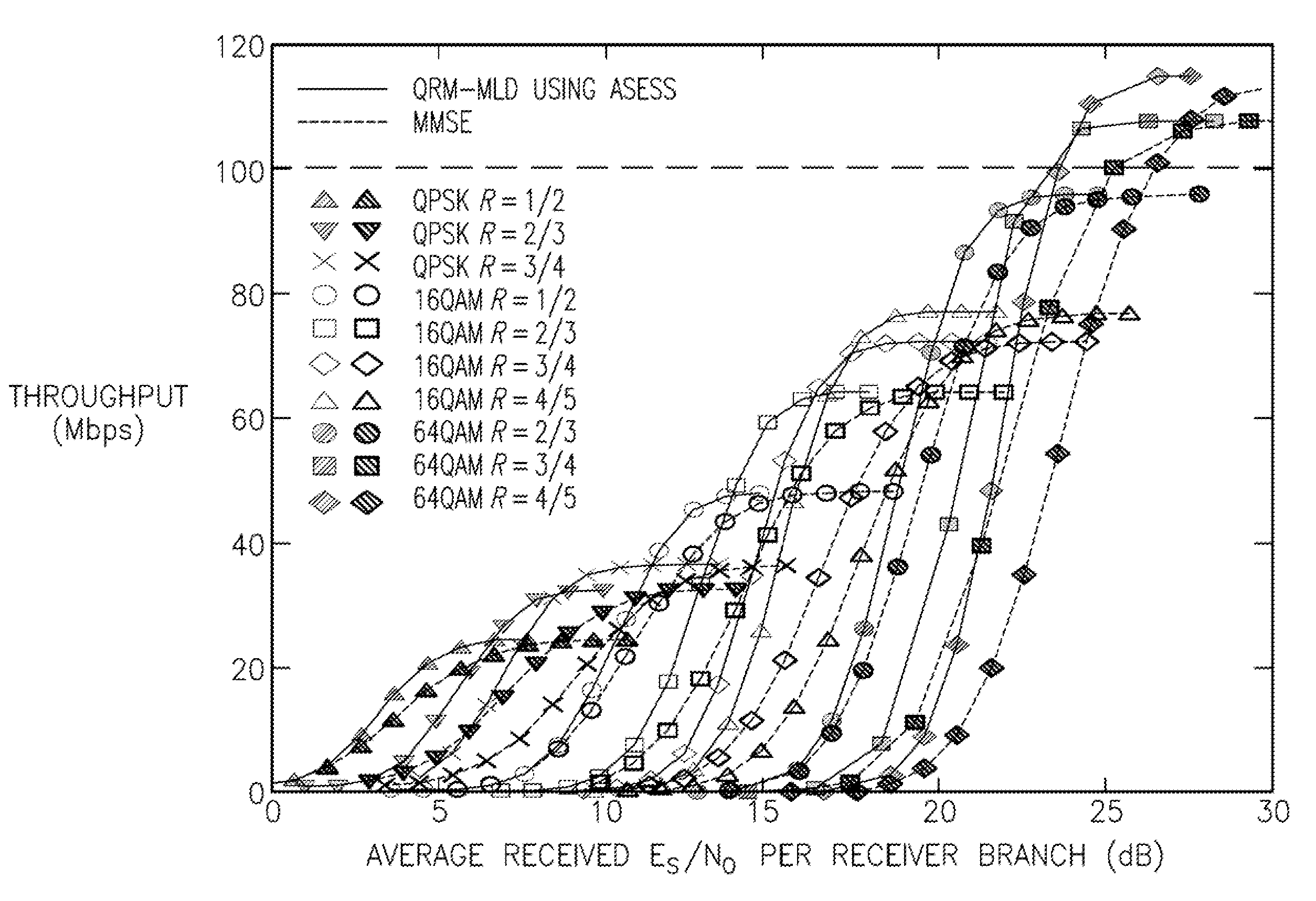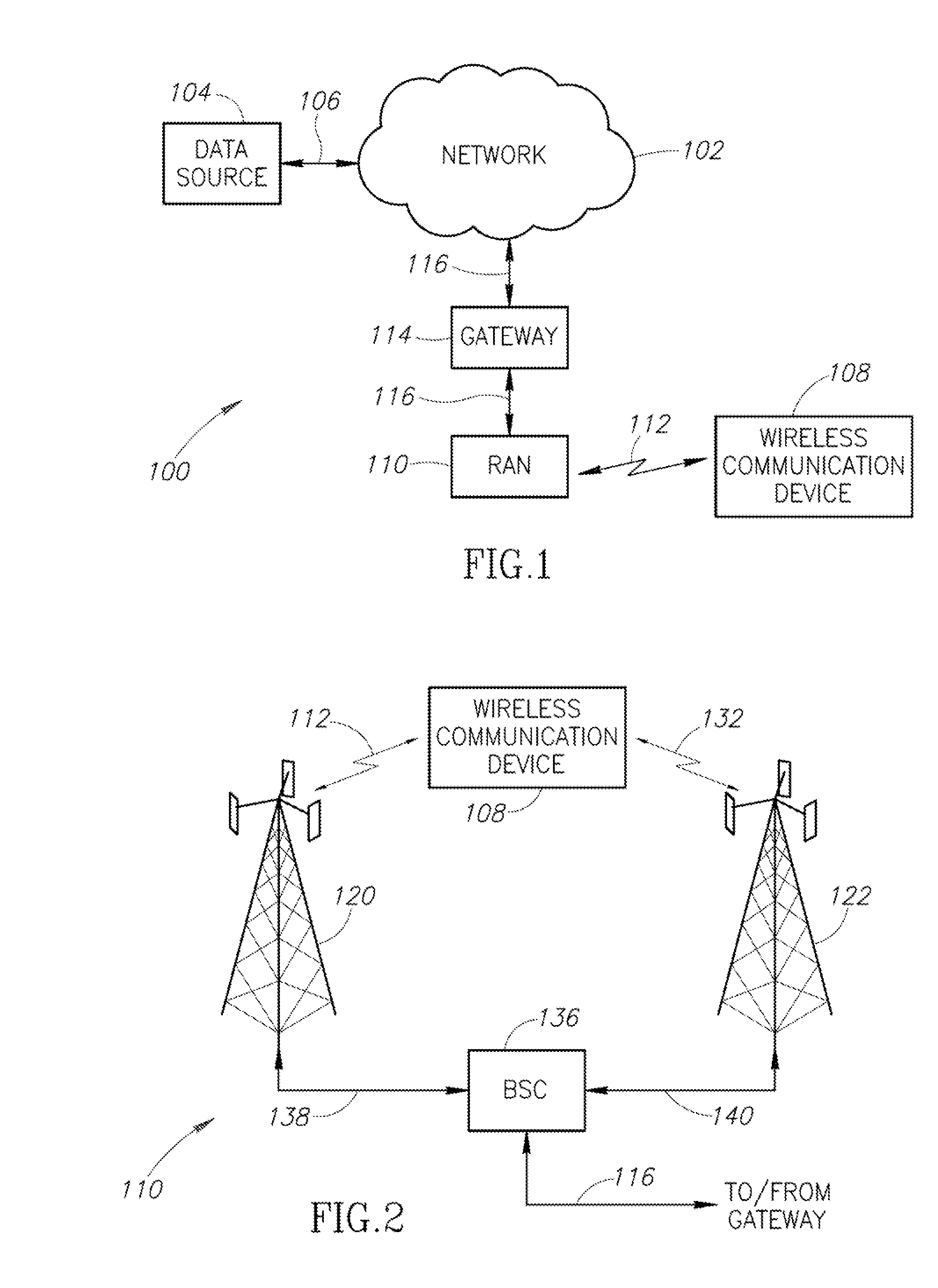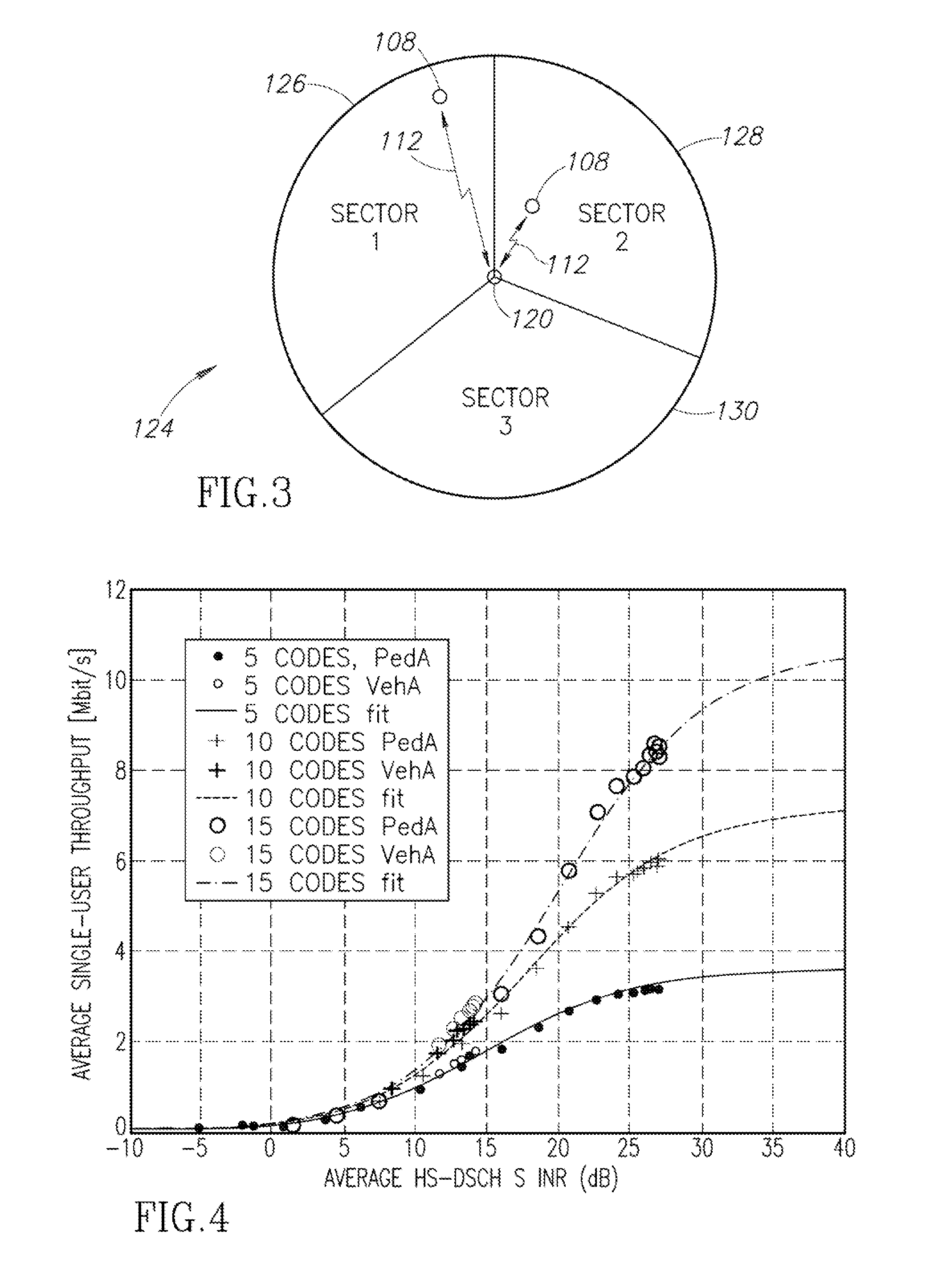System and method for autonomous discovery of peak channel capacity in a wireless communication network
a wireless communication network and wireless communication technology, applied in the field of wireless communication network system and method for autonomous discovery of peak channel capacity, can solve the problems of slow data transfer rate, real possibility of congestion in communication network, and little control of wireless communication device's rate at which data file is transferred
- Summary
- Abstract
- Description
- Claims
- Application Information
AI Technical Summary
Benefits of technology
Problems solved by technology
Method used
Image
Examples
Embodiment Construction
[0019]The present disclosure is directed to a system and method whereby an individual wireless communication device measures a quality value related to the quality of the radio signal connecting the device to a base station. For a particular signal quality level, an associated peak capacity value is determined for that communication link. Similar measurements are performed at other quality signal level values to construct a table or other data storage structure that can equate the quality of the radio link with a maximum data throughput capacity.
[0020]Once such a table is constructed, the wireless communication device, in a subsequent communication, can determine the expected data throughput capacity based on the current quality of the radio link. If the actual transfer rate is below the expected throughput capacity, it may be presumed that the slow data transfer rate is the result of congestion. Alternatively, if the data transfer rate is at or about the expected data transfer rate...
PUM
 Login to View More
Login to View More Abstract
Description
Claims
Application Information
 Login to View More
Login to View More - R&D
- Intellectual Property
- Life Sciences
- Materials
- Tech Scout
- Unparalleled Data Quality
- Higher Quality Content
- 60% Fewer Hallucinations
Browse by: Latest US Patents, China's latest patents, Technical Efficacy Thesaurus, Application Domain, Technology Topic, Popular Technical Reports.
© 2025 PatSnap. All rights reserved.Legal|Privacy policy|Modern Slavery Act Transparency Statement|Sitemap|About US| Contact US: help@patsnap.com



